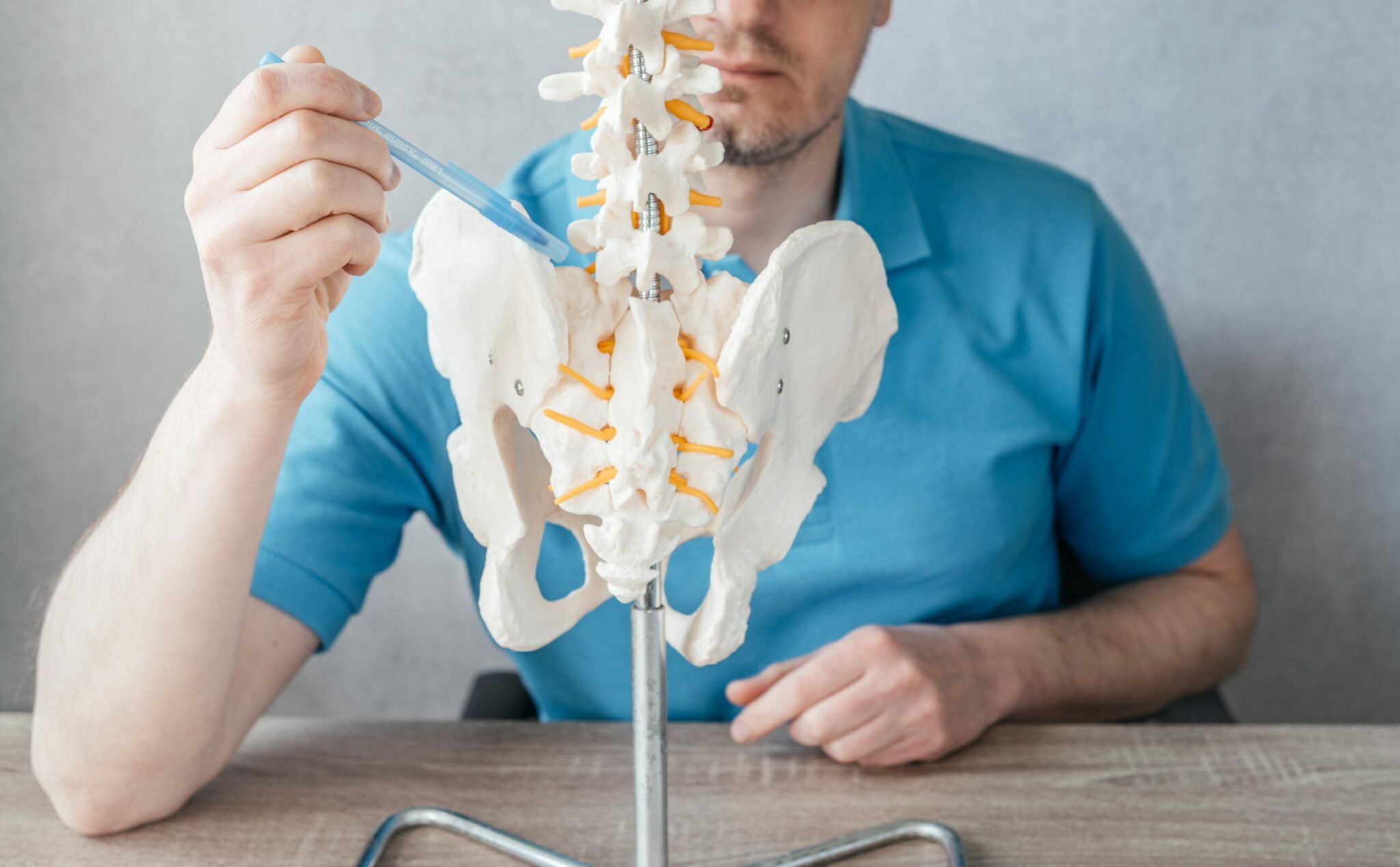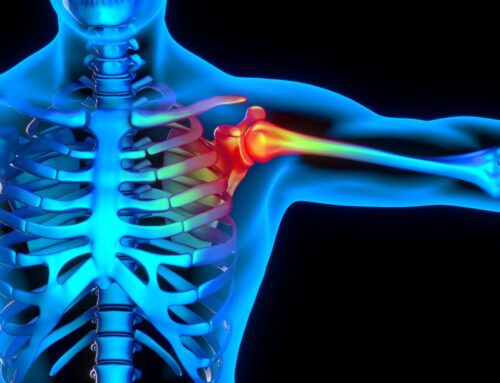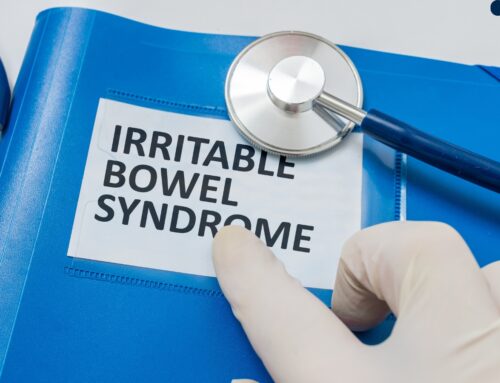Have you ever experienced deep, stabbing pain in your low back? If so, you may have experienced SI joint dysfunction. In fact, this condition is very common in athletes, especially long-distance runners. It can lead to debilitating pain, decreased performance, and some very unhappy athletes.
In this article, we will review 3 of the most common signs of sacroiliac joint pain and describe how chiropractic care can help relieve this issue quickly and efficiently. But first, let’s take a look at exactly what SI joint dysfunction is.
What is SI Joint Dysfunction?
The sacroiliac joint is the junction between the spine and the lower body. Specifically, it is where a portion of the pelvis (the ilium) connects with a portion of the spine (the sacrum).
This joint doesn’t have a lot of available motion, but it does move slightly every time we walk, run, jump, or use our legs in general. When there are repetitive and inappropriate forces going through the SI joint for long periods, irritation and poor joint mechanics are often the result.
What Are Some Major Signs of SI Joint Dysfunction?
In this section, we’ll outline three of the most common signs of SI joint dysfunction.
Pain In The Back and Hips
Unfortunately, many of the issues that affect the lower back tend to have similar symptoms. SI joint dysfunction is no exception. Patients will often experience dull or sharp pain in the low back and hips. Some patients may even notice pain that radiates slightly into the legs.
One of the ways to differentiate SI joint pain from other conditions affecting the low back is to examine the patient’s movement. If he or she tends to have consistent pain with a particular lower body movement, the clinician can often delve deeper into the issue and begin to investigate whether the ailment is stemming from an SI joint injury.
However, it should be said that a specific diagnosis of an issue affecting the low back requires a detailed evaluation. It’s critical that your clinician knows whether you are dealing with a slipped disc, spondylolisthesis, or SI joint dysfunction.
Pain While Lying on the Affected Side
When a person lies on the side with SI joint dysfunction, they may stress the joint more than if they were to lie on the opposite side. This can indicate an SI joint problem, as the pelvis is put in a position of “stretch” on the side where the injury has occurred.
Also, the patient may notice that pain is worse when they shift their weight to one side while sitting. This is similar to the effect achieved while lying down, as the pelvis is put in a position that can cause it to have extra pressure by the SI joint.
Difficulty with Hip Range of Motion
Some patients with SI joint problems may not be able to fully flex or extend their hip joints. This can be indicative of SI joint dysfunction, as the joint isn’t able to accommodate the full hip range of motion that one should typically expect to be able to reach.
How Can Chiropractic Care Help With SI Joint Dysfunction?
Once your chiropractic has made a definitive diagnosis, she can then design a treatment plan to improve your symptoms. Often, by manipulating the area that may be “stuck” or out of place, your chiropractor can improve your symptoms in just a few, quick sessions.
Have you been suffering from back pain that you think may be due to SI joint dysfunction? If so, come see us at At Last Chiropractic. We are the best chiropractic office in Lithia FL, and we would love to help you today. Book your appointment today!






